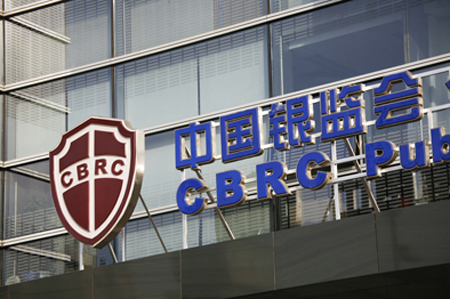CBRC: Banks' net profit up 34.5%
|
|
|
Liu Mingkang, chairman of CBRC, said earlier that risks brought by loans to local governments through financial vehicles are still prominent and urged banks to re-evaluate credit risks by analyzing projects on a case-by-case basis. |
China's banks made a net profit of 899.1 billion yuan ($137 billion) last year, up 34.5 percent from a year earlier, the fastest pace in three years, the China Banking Regulatory Commission (CBRC) said in a report released on Tuesday.
Net interest margin contributed 66 percent to the profit, up by 3 percentage points from 2009, followed by gains from investment, which contributed 21 percent. Net income from fees and commissions accounted for 12 percent of the total profit, it said.
"The net interest margin will probably contribute more to the total profit in 2011 on interest rate rises," said Lian Ping, chief economist at the Bank of Communications.
He said the rise in the contribution of the net interest margin wouldn't affect the banks' resolve to tap other businesses as the scale of credit shrinks because of the current tightening monetary policies, and profit growth rate this year would still be somewhere above 20 percent.
At the end of 2010, Chinese banks had total assets of 95.3 trillion yuan, a year-on-year increase of 19.9 percent. Liabilities rose by 19.2 percent from a year earlier to 89.5 trillion yuan, said the report.
Moody's Investors Service said earlier in a report that the outlook for China's banking system is stable for the next 12 to 18 months, based on the view that the domestic economy will remain strong and provide banks with ongoing opportunities to generate strong earnings.
The key credit issue facing the Chinese banking system is the extent to which credit expansion can slow to a sustainable level that checks inflationary pressures, while simultaneously accommodating the government's 7 to 8 percent real GDP growth target during 2011-2015, it said.
"We expect a rise in bank's non-performing loans (NPLs), which typically follow in the wake of very strong loan growth. Robust earnings, significant loan loss reserves, and additional capital raised from the capital markets will help the banks to tackle challenges in asset quality and to continue growing their balance sheets," said Yvonne Zhang, a Moody's vice-president and senior analyst.
Zhang added that one of the unique features of the Chinese banking system is that it serves as a principal channel for executing monetary and fiscal policy. "Credit growth tends to be counter-cyclical - rising strongly when economic activity is slowing, and moderating once economic growth has recovered."
Increasing inflationary risks will result in faster interest rates hikes sooner or later, which in turn is likely to contribute to a rise in NPLs, reversing the declining trend of the past decade, said Zhang. "The biggest concern lies in the property-related sectors and loans to local government financing vehicles."
May Yan, an economist at Barclays Capital, said that the risk to NPLs related to local government loans through financial vehicles, and the external environment rather than macroeconomic tightening are the key problems facing China's banks.
"However, we remain positive on the medium-term sector outlook. We expect 20 percent profit growth in 2011 and 2012, backed by net interest margin expansion, decent loan growth and benign asset quality, except for loans lent to local governments through financial vehicles," said Yan.
Even if NPLs rise to much higher levels than assumed in the base case, Moody's stress testing has led to the conclusion that robust capital, loss reserves and earnings provide Chinese banks with an adequate cushion against rising losses, Zhang said.
The weighted average capital-adequacy ratio in the industry rose by 0.8 percentage point to 12.2 percent in 2010 compared with a year earlier, and 281 banks reported a capital-adequacy ratio above 8 percent, according to CBRC.
By the end of December, outstanding NPLs totaled 1.24 trillion yuan, 169.6 billion yuan less than a year before. The ratio of NPLs against all outstanding loans decreased by 0.89 percentage point to 2.4 percent.
Liu Mingkang, chairman of CBRC, said earlier that risks brought by loans to local governments through financial vehicles are still prominent and urged banks to re-evaluate credit risks by analyzing projects on a case-by-case basis.
 0
0 







